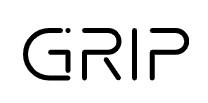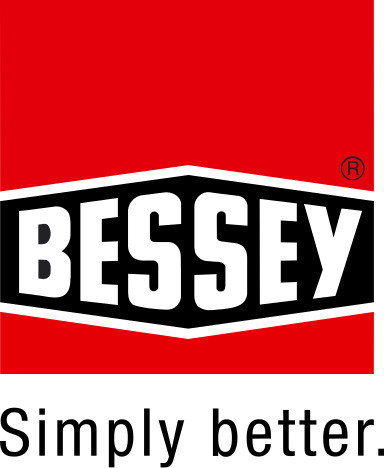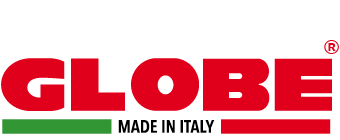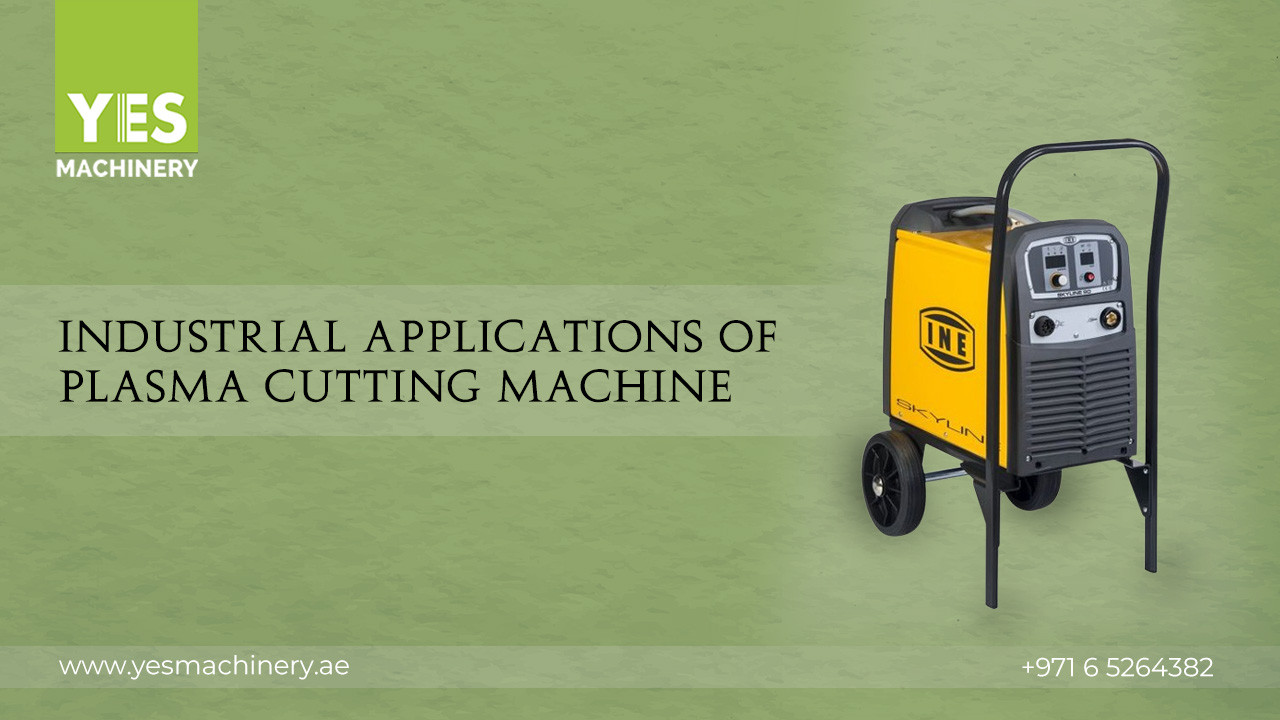
Industrial Applications of Plasma Cutting Machine
- Material type
- Material thickness
- Cutting speed
- Cut width (kerf)
- The Edge quality
- Category Machines
At times, it’s beyond the functionalities of a laser cutting machine to perform plate cutting. In situations where you encounter such challenges in your fabrication job, the only answer will be making use of plasma cutting machines.
Laser as well as plasma cutting are technologies that complement each other- plasma technology can be used in jobs where you cannot make use of lasers. In this blog, we will try to identify the industrial applications of plasma cutting machines along with its advantages and disadvantages so that you can have a clear understanding on what technology suits your job.
To begin with let’s check:
What is Plasma Cutting?
There’s nothing wrong with physicists getting excited about plasma as they say it's the 4th state of matter. To understand it much better here, let’s think about plasma as a gas that’s extremely hot in order to melt a metal.
There is a great similarity that you will find between a plasma cutting head and a MIG welding torch. The electrode in it creates an arc, but inside the nozzle lies the electrode. This generated arc will heat the steam of fast flowing gas which is usually the compressed air or at times the nitrogen or inert gas based on the application.
For hobbyists, portable plasma cutters are available in the market which can be made use of by automobile repair shops and similar businesses. When it comes to industrial applications, industrial plasma cutters are available
Individual plasma cutters are very much similar to laser cutters. The cutting head is fixed on the gantry that navigates over a sheet metal or a plate. The X-and Y axis are moved with the help of CNC programming making it possible to create intricate 2-dimensional shapes with straight lines as well as curves.
Advantages & Disadvantages of Plasma Cutting
Be it Plasma and laser cutting each have their own advantages and disadvantages which we will discuss below:
Plasma cutting requires workspaces that are electrically conductive in order to create an arc from the torch electrode and form plasma. This will bring out the very first disadvantage: In contrast to lasers, it cannot cut any plastic or composites or other nonconductive materials.
The biggest disadvantage comes with the materials to be cut. With the use of laser cutting, the alloys stainless steel, copper, aluminum and brass which are considered highly reflective will reflect the light away without absorbing and generating heat. In opposition, plasma is very much different in appearance and it can cut shiny metals easily.
Another disadvantage with plasma is that it cannot be used on sheets that are very thin. As we know that the plasma is extremely hot and hence the head has to be moved very swiftly which will give a very messy cut output and low quality surface finish. Whereas the lasers help in cutting materials that are very thin swiftly and with a good finish. But it has to be run very slow as it can increase the thickness. At around ½ is the crossover point of laser and plasma. The plasma becomes faster when the material is thicker than the crossover point.
When the job piece is way less than half inch thick, laser cutting usually becomes faster. At higher thickness, the plasma cutter succeeds.
A disadvantage of plasma cutting is its sizable kerf. This can be one eighth or higher based on the plasma diameter which will then decide the orifice size in the nozzle , the gas will pass through enhancing the power of plasma, to make cutting quicker thick materials there is requirement of a larger diameter orifice, so that the width of the kerf will increase simultaneously.
The cutting conditions determine the roughness as well as the squareness of the surface. It has to be understood that careful installation and setup can get you high levels of both as it’s not as seamless as laser cutting.
What are the Industrial applications of Plasma Cutting?
Plasma cutting is the process in industry that laser cutting couldn’t replace. This technology is made use of to cut shapes from materials that are very thick as well as from material that are reflective. If you are looking for blanks that need to be cut from 1” thickness stainless, it’s best to use a plasma cutting machine. With regards to the end uses, the materials that are cut by plasma cutting machine are made use of in structural components, support arms, heavy-duty brackets etc. It’s also used in cutting requirements for the manufacturing of furniture, by sculptors and artists for 2-dimensional design cutting of plates as well as sheets.
Conclusion
At YES Machinery , we make our customers understand the difference between plasma cutting process and laser cutting process. Many times, when customers understand the struggles of the laser process, customers will be surprised to see how important it is to go for plasma cutting machines. If you’ve a fabrication business where you have a lot of materials and job, contact us right away to get to know about our plasma cutting machines, their functionalities, expertise etc. We assure you that you won’t be disappointed and you will have the right solution in your hand.
Related Blogs


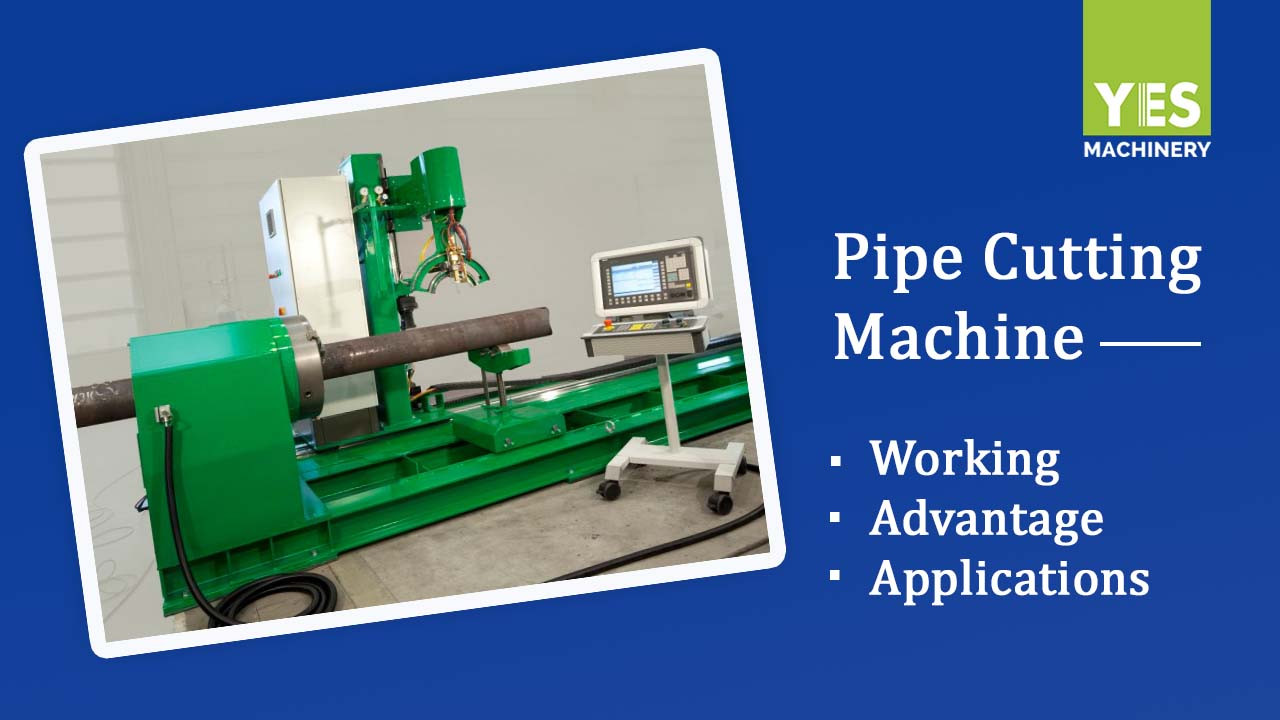
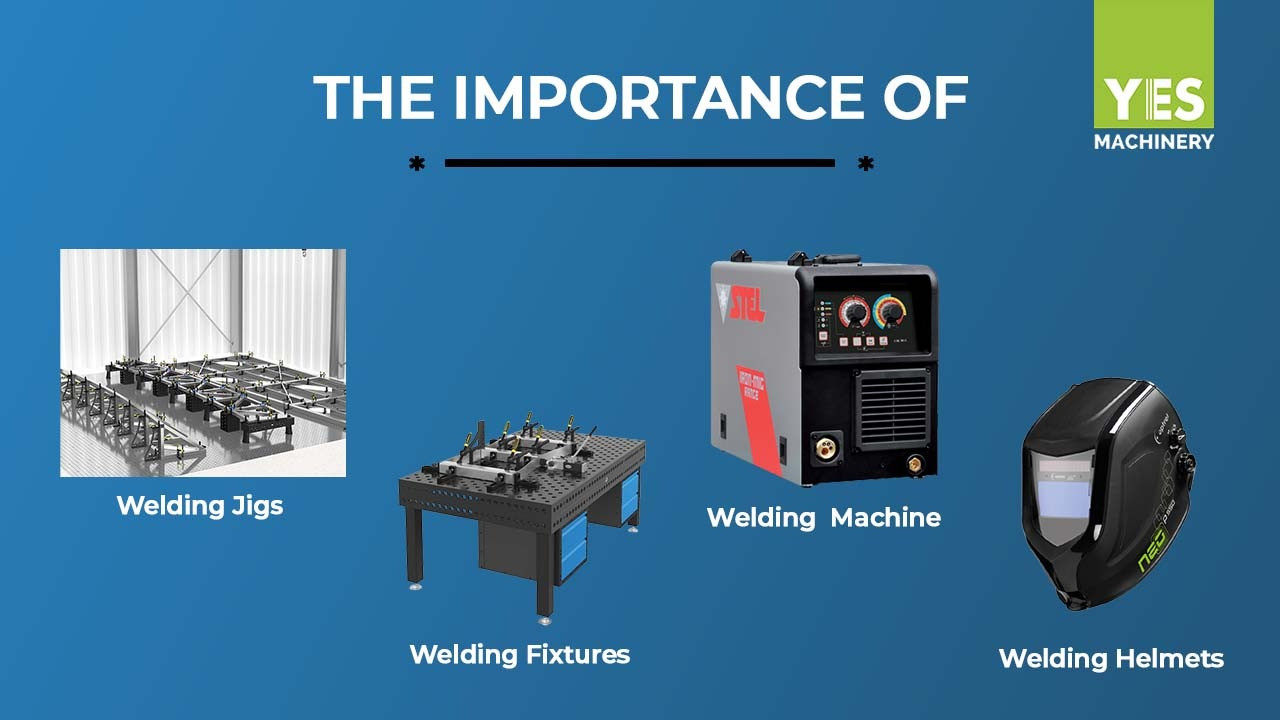
Search
Latest Blog
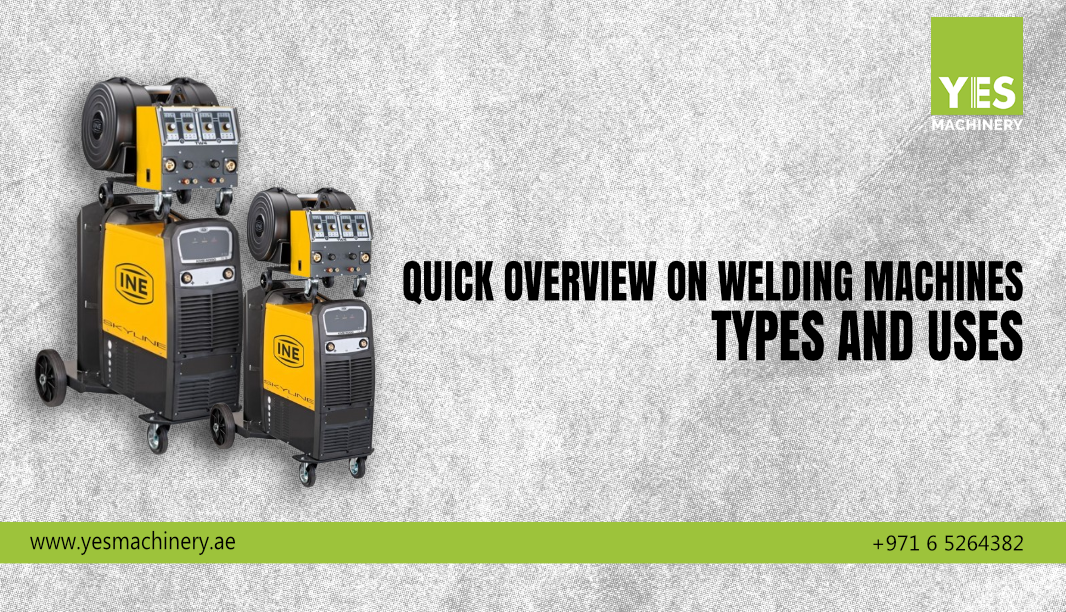
Quick Overview On Welding Machines: Types and Uses
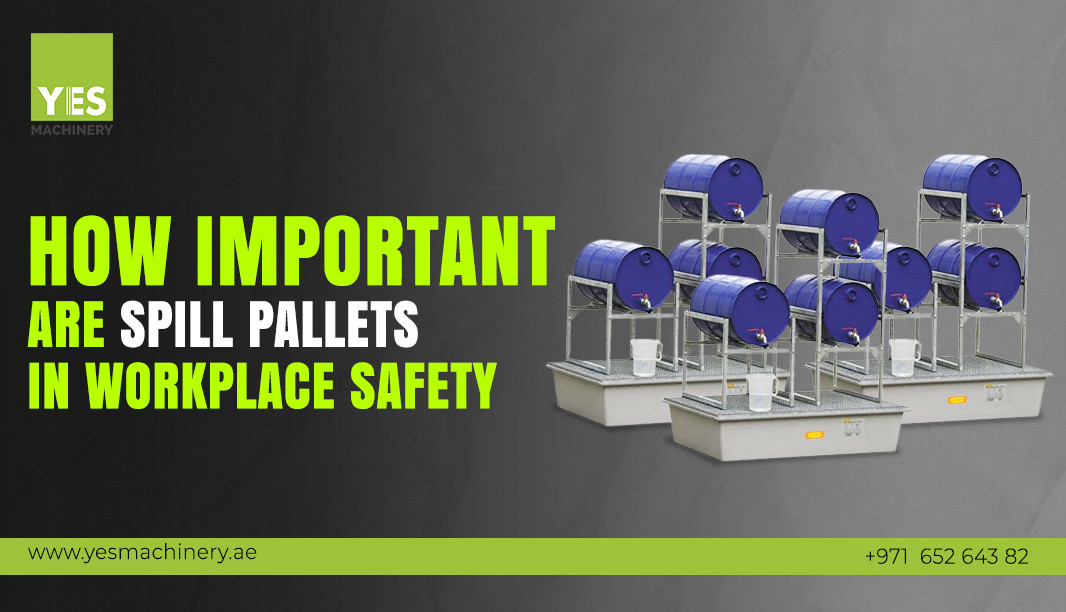
How Important Are Spill Pallets In Workplace Safety
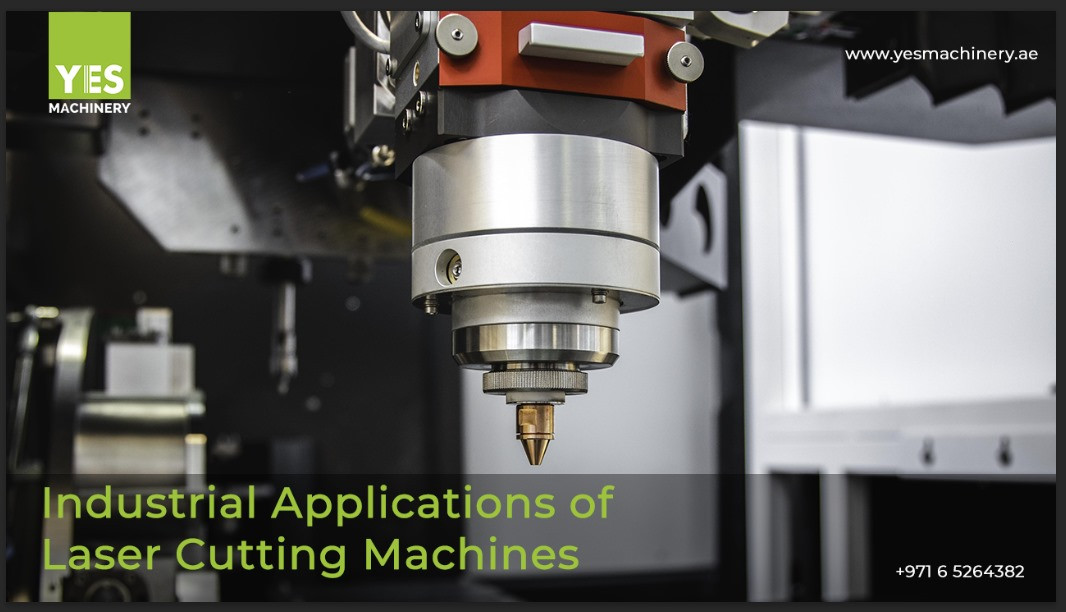
Industrial Applications of Laser Cutting Machines
Categories
- Assembly and Lean
- Cleaning Machines
- Cleaning Robots
- Cutting, Notching, Punching
- Edge Preperation
- Grinding Machines
- Industrial Vacuum Cleaners
- Lifting
- Lifting and Manipulation
- Machines
- Marking Solutions
- Metal Forming
- Metal Joining and Fastening
- Packing
- Pipe Handling
- Storage Solutions
- Sweeper Tool Carrier
- Vacuum lifting machine
- Warehousing and Storage
- Welding


































































































































